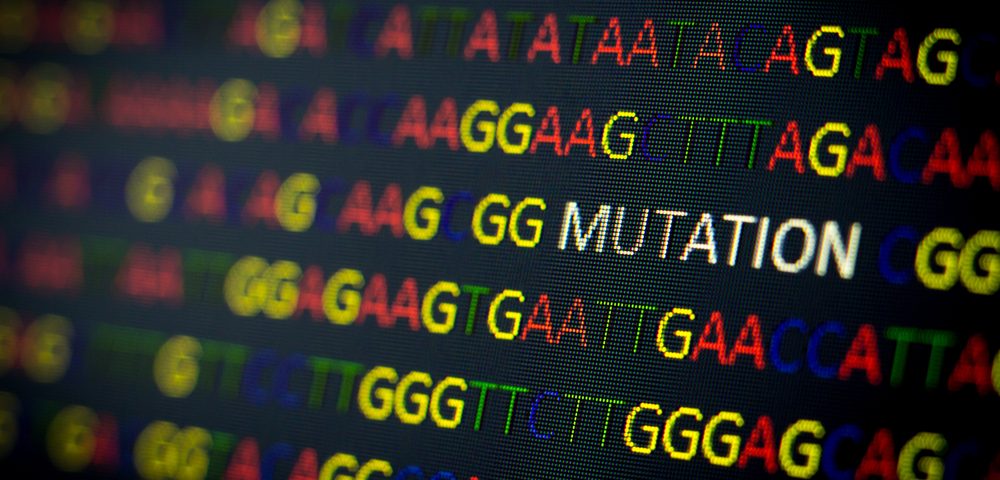If you know that you and your partner are carriers of adrenoleukodystrophy (ALD) and risk passing the disease to your children, you may be considering a prenatal genetic diagnosis.
What is prenatal genetic diagnosis?
Prenatal genetic diagnosis means determining, before birth, whether your baby has a genetic disease.
Doctors check your baby at every prenatal appointment for weight, size, and markers of appropriate development. But for diseases like ALD, a genetic test is necessary to determine whether the child has inherited a copy of the disease-causing gene.
Doctors can obtain DNA from a baby still in the womb in two ways: amniocentesis or chorionic villus sampling (CVS).
Amniocentesis
In amniocentesis, the doctor inserts a needle into the mother’s uterus through the abdomen to collect a small sample of the amniotic fluid. This is the fluid surrounding the fetus. The amniotic fluid contains cells from the developing baby, which clinicians can use to test for ALD or other genetic disorders.
CVS
The placenta (an organ attached to the lining of the uterus during pregnancy) contains genetic material from both the fetus and the mother. To take a sample of the placenta for genetic testing, doctors use a needle that they insert through the mother’s vagina or abdomen. During this procedure, small finger-like projections (the chorionic villus) are “vacuumed up” by the syringe. Clinicians can use these small pieces of placenta tissue for genetic testing.
There are some advantages to CVS over amniocentesis. One is that doctors can perform CVS earlier in the pregnancy.
What are the risks of a prenatal genetic test?
It is rare for complications to occur during amniocentesis or CVS, but they can happen. These include bleeding, infection, and damage to the placenta or fetus. Although extremely rare, there is a small risk that either procedure may cause a miscarriage.
You should discuss concerns with your doctor, to determine whether the potential risks are worth the potential benefits.
What happens after amniocentesis or CVS?
After doctors collect genetic material from the baby using either method, they will send the sample to a laboratory for genetic testing. It can take a few days or weeks for the result to become available. Your doctor will then meet with you and discuss your options.
Last updated: July 8, 2020
***
Adrenoleukodystrophy News is strictly a news and information website about the disease. It does not provide medical advice, diagnosis or treatment. This content is not intended to be a substitute for professional medical advice, diagnosis, or treatment. Always seek the advice of your physician or other qualified health provider with any questions you may have regarding a medical condition. Never disregard professional medical advice or delay in seeking it because of something you have read on this website.


